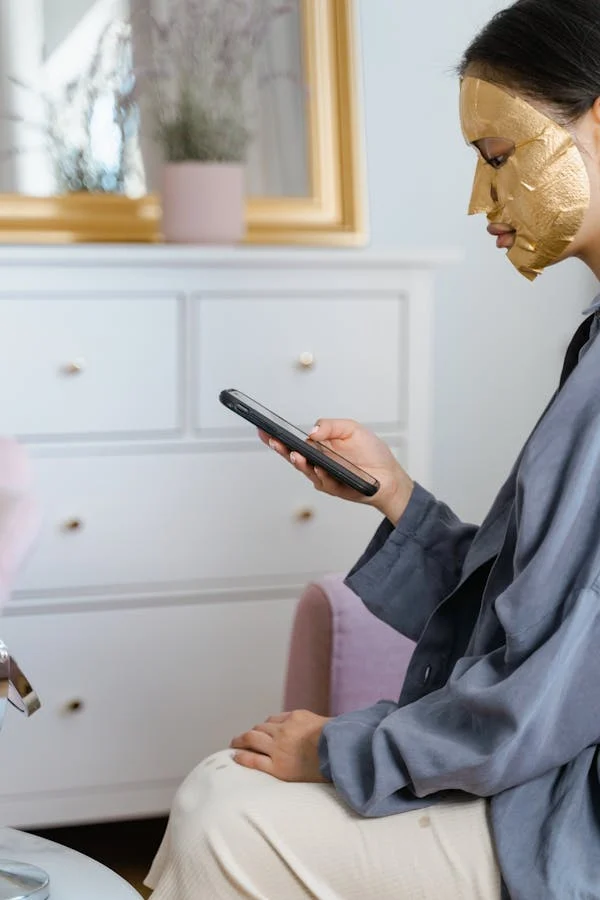Digital Detox: Reclaim Your Time, Mind, and Peace
A digital detox is a conscious effort to reduce or eliminate the use of digital devices for a specific period to reconnect with oneself, improve mental well-being, and enhance productivity. This article will guide you through understanding the impact of digital consumption, recognising signs of digital burnout, and following a practical step-by-step approach to regaining control of your time and peace of mind.
Digital detox means a person or individual stays disconnected from devices or social media for a defined duration. According to research, not using social media can have a significant impact on a person’s health and well-being. There is a clear difference in approach between daily life and holiday encounters, marked by a desire for a new rhythm and a pause from the typical schedule [1]. Furthermore, elements such as the pursuit of unique encounters and the freedom from everyday responsibilities play a significant role in this transformation [2].

In today’s world, we are constantly surrounded by digital devices—smartphones, tablets, computers, and endless notifications that demand our attention. While technology brings convenience, connectivity, and entertainment, it also creates a significant challenge: digital overload. Many of us unknowingly fall into the trap of excessive screen time, social media addiction, and information fatigue, leading to stress, reduced focus, and strained relationships.
The Digital Overload: How Screens Control Our Lives
The Invisible Chains of Technology
We wake up and instantly check our phones. We scroll mindlessly through social media, responding to messages, emails, and notifications, often without realising how much time has slipped away. The constant connectivity creates a false sense of urgency, making us feel like we must always be available and responsive.
Anecdote: The Endless Scroll
Imagine this: Ali, a university student, wakes up every morning to an alarm on his phone. Instead of getting out of bed, he spends the next hour scrolling through Instagram, reading tweets, and checking WhatsApp. Before he knows it, he is running late for his class. Ali notices that he struggles to concentrate during lectures and feels constantly drained, yet he repeats the cycle every day.
The Impact of Digital Overuse
– Mental Health: Excessive screen time contributes to anxiety, depression, and stress by overstimulating the brain.
– Relationships: Spending more time online than with loved ones weakens emotional connections.
– Productivity: Frequent distractions lower efficiency and make deep focus harder to achieve.
– Physical Health: Excessive device use results in eye strain, poor posture, and disrupted sleep cycles.
Without realising it, many people live in a cycle of digital dependency that prevents them from being fully present in their lives.
3. The Science Behind Digital Detox
Scientific studies show that excessive screen exposure affects brain function and overall well-being.
How Technology Overstimulates the Brain
The human brain is not designed for constant stimulation. Every beep, notification, and alert triggers a dopamine release, reinforcing addictive behaviours. Dopamine, known as the “feel-good” neurotransmitter, makes us crave more digital interactions, leading to compulsive scrolling.
Neurological Impact of Constant Screen Time
– Reduced Attention Span: Digital overload weakens the ability to concentrate.
– Sleep Disruption: Blue light exposure suppresses melatonin, making it harder to sleep.
– Increased Stress Levels: The fear of missing out (FOMO) and social comparisons contribute to stress.
-Memory Impairment: Information overload limits deep thinking and retention.
Research-backed Benefits of a Digital Detox
Studies confirm that stepping away from digital devices leads to better mental clarity, improved focus, and enhanced social interactions. Implementing periodic detox sessions reduces stress and boosts overall happiness.
4. Signs You Need a Digital Detox

Not sure if you’re overusing technology? Here are some clear signs:
– Frequent distractions and inability to focus on tasks.
– Restlessness and anxiety when disconnected from your phone.
– Poor sleep quality due to excessive screen time.
– Reduced face-to-face interactions and weakened relationships.
– Constantly checking social media for validation and updates.
– Feeling drained but unable to stop scrolling.
Anecdote: A Subtle Wake-Up Call
Sara, an office worker, noticed she was struggling to concentrate during meetings. She often felt exhausted, yet she spent hours each evening binge-watching videos and scrolling through memes. One day, she decided to leave her phone in another room before bed, and she realised she slept much better without digital distractions.
Recognising these signs is the first step to reclaiming your mental clarity.
5. How to Start Your Digital Detox—Step-by-Step Guide

Step 1: Set Clear Intentions
Define why you want to reduce screen time. Is it to feel less overwhelmed? Improve productivity? Strengthen relationships? A clear goal keeps you motivated.
Step 2: Identify Digital Triggers
Notice the apps, websites, or activities that consume most of your time. Social media? Video streaming? Games? Becoming aware of these triggers helps manage them effectively.
Step 3: Create Tech-Free Zones and Periods
Designate areas where digital devices are not allowed, such as your bedroom or dining area. Also, schedule tech-free hours where you fully disconnect from screens.
Step 4: Replace Screen Time with Meaningful Activities
Rediscover offline hobbies: Reading books, exercising, painting, or simply spending quality time with family and friends.
Step 5: Reduce Notifications and Social Media Usage
Turn off unnecessary notifications. Consider using apps that help limit screen time. Unfollow or mute accounts that drain your energy.
6. Digital Detox Techniques That Actually Work

– The 24-Hour Challenge: Disconnect for a full day and experience the mental clarity that comes with it.
– Mindful Tech Use: Set daily screen limits and allocate specific times for checking emails and social media.
– The Social Media Cleanse: Temporarily deactivate accounts or delete apps for a break.
– Analogue Alternatives: Engage in offline activities like journaling, gardening, or board games.

7. How to Sustain the Benefits of Digital Detox
Once you’ve successfully detoxed, maintaining a balanced digital lifestyle is crucial:
– Set daily screen time limits.
– Prioritise offline activities.
– Keep personal interactions stronger than virtual ones.
– Periodically assess and adjust digital habits.
(https://mrpo.pk/healthy-habits/)
8. Overcoming Challenges and Staying Committed
It’s normal to struggle with digital withdrawal. Here’s how to stay on track:
– FOMO: Replace the urge to check updates with engaging offline activities.
– Work-related digital dependence: Set clear boundaries—avoid after-hours email checks.
– Social Pressure: Explain to friends and colleagues why you’re taking a break.
Remember, progress is better than perfection.
9. Conclusion
A digital detox isn’t about rejecting technology—it’s about mindful use. When done correctly, it helps reclaim time, improve focus, reduce stress, and strengthen real-world relationships. Start small and embrace the process.
Your mind deserves peace. Take the first step today.


